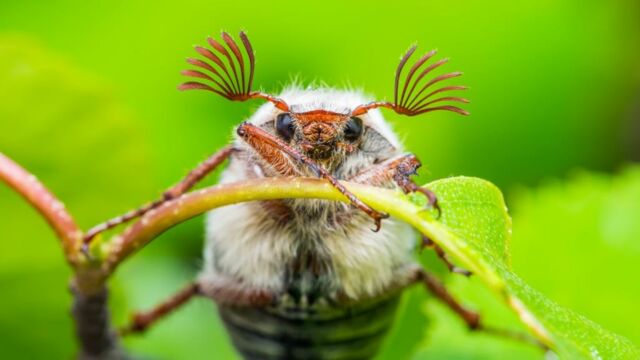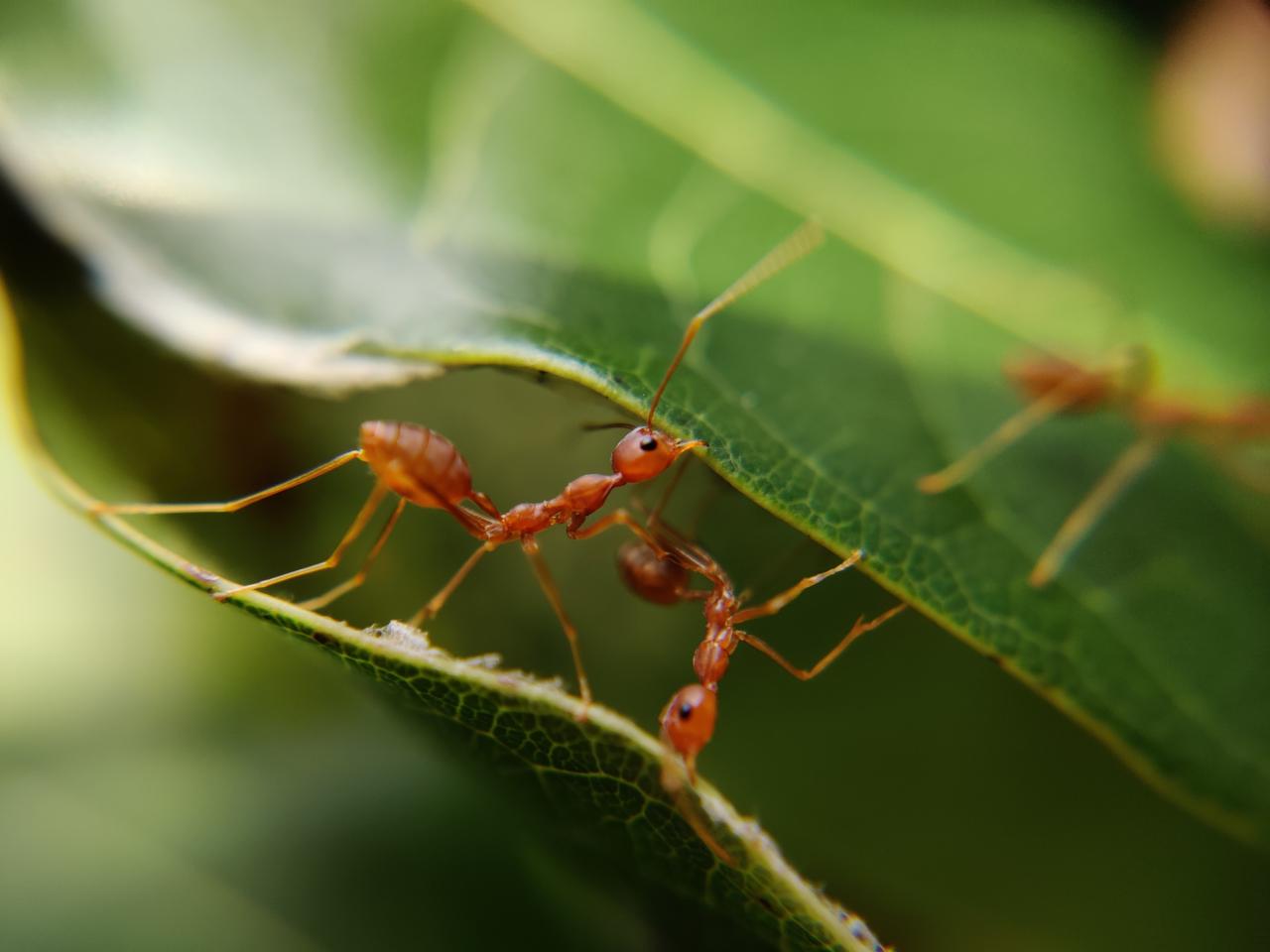The annual plague of flying beetles called cockchafers has descended upon the UK.
Discover our latest podcast
The larvae have been living underground for three to five years. However now, the insect also known as the Maybeetle, Maybug, or Junebug – because they start appearing in May/June – have entered adulthood which only lasts four to six weeks before they die. And, they are certainly making their appearance felt.
Cockchafers taking over the UK
In the past week, Brits have been sharing their shock at the large flying beetles whirring around their homes on Twitter. @DrewBennellick wrote:
Dive-bombed in our lounge by this amazing inch-long whirring beetle tonight. The adult Cockchafer I believe emerged after four years as a grub underground in the garden.
May Fly (Family friendly name) Cockchafer (Actual name).
— Warlock (@ItsWarIock) May 14, 2023
They live most of their life underground as little (thumb sized) grubs and then around May (Hence the nickname) come up and mate with a rough life span of 6 to 12 weeks as adults (I think most of this is right, hopefully). pic.twitter.com/nFzP3aj4S4
@WalkOnTheWildS9 tweeted:
So last night at 3.30 am I was woken up by a cockchafer flying around the room in the dark. It buzzes like a giant bee and flies like a giant drunk bee. And it is still somewhere in my room.
While @RetroDan16 wrote:
Seem to have one of these here every day at the moment, crashing into the window in the evenings. It’s a Cockchafer. Please don’t Google that.
Read more:
⋙ Cockroaches have genetically mutated to survive humans: This trap no longer works on the insect
⋙ This man's insect bite wouldn't go away, it turned out to be a sign of a devastating condition
The cockchafer. Arguably Britain’s most comically named beetle. As you were. pic.twitter.com/84ky0VKWD1
— Terry Lee #MDANT (@VoxFop) May 8, 2023
What are cockchafers?
The name cockchafer means 'big beetle' in Old English. Woodland Trust describes cockchafers as 'cute and clumsy... charming, but alarmingly large'. The Wildlife Trusts agrees that 'it is a clumsy flier and makes a buzzing sound'.
Adult cockchafers are the UK's largest scarab beetle, growing up to 2.5-3.5cm in length. They are characterised by an orange fan-like antennae, a black body covered in white hairs, and reddish-brown legs and wing cases. Males have seven 'feathers' to each antennae while females have six.
The larvae, also known as rookworms, are considered a pest when in large numbers because they feed on vegetable and grass roots. This is not the case for adult beetles, who eat flowers and leaves.
The beetles fly at night and are attracted to light, so they can often be seen and heard bumping against light fittings and window panes.
Read more ⋙ New breed of 'super rodents' could endanger human health, according to experts
While their size and sound may be alarming, Stuart Hine, who has worked at the Natural History Museum’s Identification and Advisory Service (IAS), confirms that cockchafers do not sting:
They have a segment called the pygidium at the end of their abdomen, which is long and pointed. It looks vicious but is actually a tool for females to lay eggs into the ground.
Hine reveals that adult cockchafers are one of the top enquiries to the IAS in May:
We would usually expect to get 100 or more calls from people wanting to know what this peculiar creature is.
Sources used:
Daily Star: 'Inch-long cockchafers invading UK homes and whacking people in the face'
Woodland Trust: 'Cockchafer beetle'
The Wildlife Trusts: 'Common cockchafer'
BBC Wildlife Magazine: 'Cockchafer guide: how to identify and where to see'
Natural History Museum: 'How to identify a cockchafer May bug'















